Why Travel to Russia?
Putting aside the political issues, Russia is simply a fascinating and diverse country. From the imperial capital of St. Petersburg and the bustling metropolis of Moscow to the natural beauty of the Ural Mountains and Lake Baikal, Russia has a little something for everyone. And while the people often get a bad rap for being unfriendly, when you get outside of Moscow, they tend to warm up a bit more. I spent three months in Russia altogether – five weeks in St. Petersburg, three weeks in Moscow and another month traveling along the Trans-Siberian Railway – and I would still love to go back to see more!
Things to Know
Visa Requirements
A visa is required by most nationalities to travel to Russia. I detail the process for Americans to obtain a visa in How to Get a Russian Visa, but in short, know that the easiest way to get a visa is by working with a travel agency like Real Russia to get a letter of invitation (which avoids the need to book accommodations in advance). Once in Russia, you are also required to register your visa with the authorities within seven business days of arriving. If you are staying at a hotel or hostel, they should do it for you (it’s actually the obligation of the party hosting you). If you stay with a private individual (i.e. with friends or through Couchsurfing), your host is obligated to register for you. Hold on to your registration slip as you may have to show it when you leave the country!
Getting There
Most people will fly into Moscow, but Russia has international airports in multiple cities around the country, including St. Petersburg, Yekaterinburg, Novosibirsk and Vladivostok (although if you are starting in most other cities, you will likely stop in Moscow first). Arriving by land, both bus and train are options. I arrived by bus from Tallinn, Estonia and left by train to Riga, Latvia. Other train connections link Kazakhstan, Belarus, Ukraine (to some extent; check on the current political situation) and Mongolia. Real Russia’s website is a great resource for checking train options and purchasing tickets in advance.
Language
The official language is Russian. While English is increasingly taught in schools, it is not taught at a high level and outside of Moscow and St. Petersburg, you will not find much English spoken. If you plan to spend a significant time in Russia, it is worth it to learn the Cyrillic alphabet – it will make getting around that much easier! Learning a few phrases will endear you to Russians as well, but don’t be surprised if they answer you right back in Russian, rambling away and completely oblivious to the fact that you don’t understand a word they are saying.
Money
The official currency is the ruble, which comes in both coins and bills. One U.S. dollar will get you about 34 rubles (when I visited in 2011, it only got you 30!). Other currencies are not generally accepted. ATMs are widely available and should accept foreign cards with a Mastercard or Visa logo. I recommend trying to use an ATM in the lobby of the bank building if at all possible – if by some chance the machine eats your card, you should be able to get it back (I did so twice). Keep an eye out for Citibank locations as I felt like those were the most reliable. Sverbank, the state Russian bank, gave me the most problems.
Staying in Touch
Wi-fi is very common throughout the country and is generally free at hostels and hotels. Buying a SIM card for your phone to make phone calls and send text messages is inexpensive, but you will need to show your passport. Be sure to ask whether the SIM you purchase will work only in the city of purchase or if it will work throughout the country (I had to purchase separate SIM cards in St. Petersburg and Moscow, and my Moscow SIM didn’t work once I got outside of Moscow).
Getting Around
Russia is a vast country that has embraced train travel as a method of getting around. A high speed express train can whisk you from Moscow to St Petersburg in just a few hours. To get to other destinations, overnight train trips are often necessary, but the train also provides a great way to interact with locals and get a feel for how large Russia really is. If you have the time to take the Trans-Siberian Railway all the way from Moscow to Vladivostok (a week-long trip without stops), I highly recommend it. For more on train travel in Russia, see my Travelers’ Guide to the Trans Siberian Railway.
Moscow and St. Petersburg both have large, inexpensive and efficient subway systems that cover nearly all sites of strong interest to visitors. You can pay per ride or purchase a multi-ride card. Signs in St. Petersburg are in English and Russian, while signs in Moscow are only in Russian. Beyond the subway, taking buses, trams and marshrutkas (mini-buses) are common in most large Russian cities. While buses and trams follow set routes and make regular stops, marshrutkas generally only stop upon request. Rides are paid for in cash and are typically less than $1.00 for a single ride. For more on riding marshrutkas, check out Mastering the Marshrutka.
Accommodations
For independent travelers, the range of accommodations in Russia has been growing. While the country has a reputation for being very expensive, you can find hostels in most cities with dorm beds for as little as $10-$15 a night. They are often just converted apartments occupying part of the top floor of a Soviet era building and typically feature small kitchens and little common area space. Hotels are certainly an option as well, but they can get expensive, especially in the larger cities. If you prefer hotels, a 3 star hotel near the city center in Moscow or St. Petersburg will likely run $100-$150 a night (this has improved recently in part due to the fall of the ruble in value), slightly less in other cities.

Where to Go
Moscow: The capital city is home to more than 10 million people. Visit the historic Kremlin, Red Square and the iconic St. Basil’s Cathedral. Shop along Old Arbat Street or at the market outside the Izmailovo Kremlin. See the best of Russian art at the Tretyakov Gallery or Western art at the Pushkin Museum of Fine Arts. Explore one of the oldest parts of the city in the Kitai Gorod neighborhood and check out the historic Novodevichy Convent and Cemetery.
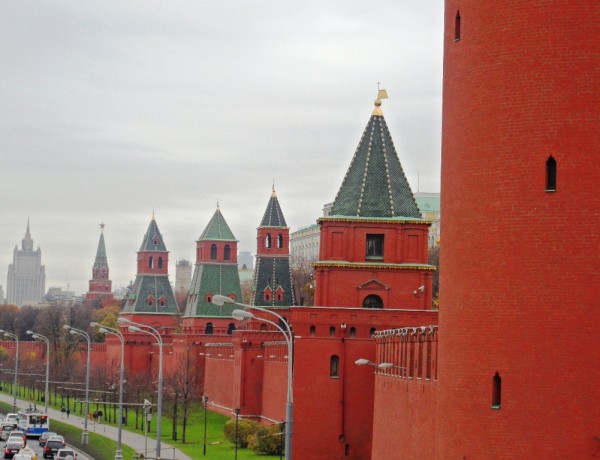
The Golden Ring: Easily accessible from Moscow, the so-called Golden Ring includes some of the most historic towns in Russia. Sergiev Posad is home to the Trinity Lavra of St. Sergius, the spiritual center of the Russian Orthodox Church. Vladimir is one of the oldest towns in Russia and was the capital of ancient Rus (the predecessor to modern day Russia). Suzdal was once a major religious center, with one church for every ten families in the town (many of which still stand today).
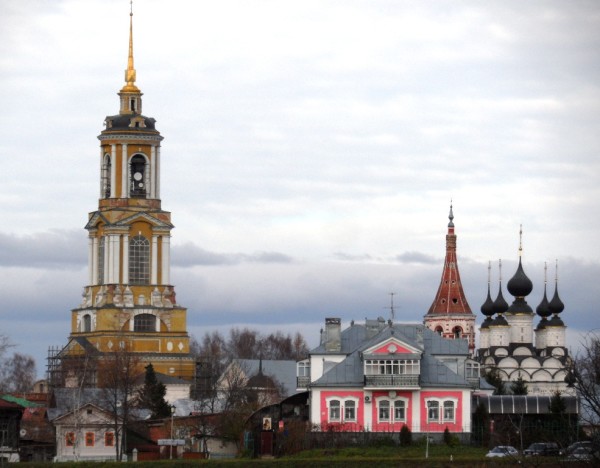
St. Petersburg: Russia’s imperial capital and so-called window to the west, St. Petersburg is home to some of the most opulent palaces in the country, as well as the world renowned State Hermitage Museum. Peterhof and Tsarskoe Selo outside of the city are must-sees, as are St Isaac’s Cathedral, the Peter and Paul Fortress, the Church of the Saviour on Spilled Blood and the Russian Museum. Take a tour of the Yusupov Palace and see where the infamous Grigori Rasputin was killed and stay up late to watch the bridges rise over the Neva River.

Veliky Novgorod: A small, sleepy town a few hours outside of St Petersburg, “Old Novgorod” is known as the birthplace of democracy in Russia. It has a charming Kremlin and a couple interesting museums and is worth a stop on your way from St. Petersburg to Moscow or vice versa.

Kazan: Capital of the republic of Tatarstan, Kazan may be one of the most religiously diverse cities in Russia. The gorgeous Kremlin includes both a cathedral and a mosque and outside of the city you will find the quirky Temple of All Religions.
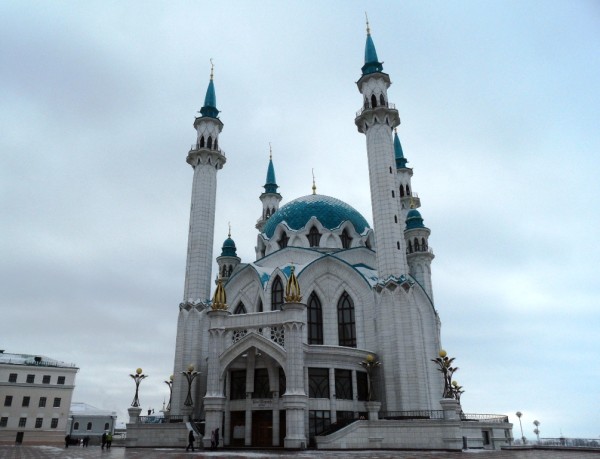
Yekaterinburg: As the site of the murder of Russia’s last tsar and his family, this is a must for anyone with a serious interest in Russian imperial history. Head outside of town to Ganina Yama to visit the site where the family’s bodies were dumped into a mineshaft and see the memorial that stands today.
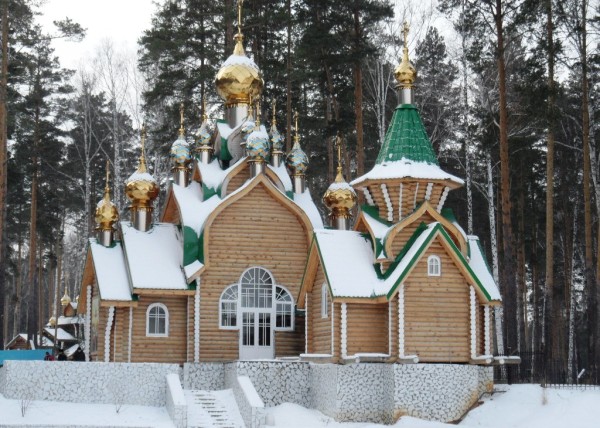
Krasnoyarsk: Sitting along the Yenisei River and surrounded by forests, Krasnoyarsk has been called the most beautiful city in Siberia. Stop here to visit the nearby Stolby Nature Reserve, home to gigantic rock formations known as stolby.

Irkutsk/Lake Baikal: This is the most popular jumping off point for anyone visiting Lake Baikal, the deepest lake in the world. The city itself has a few house museums dedicated to the Decembrists who were exiled to Irkutsk and the Taltsy Museum of Wooden Architecture is a short drive away. A minimum of three days should be allowed to visit Olkhon Island in Lake Baikal.
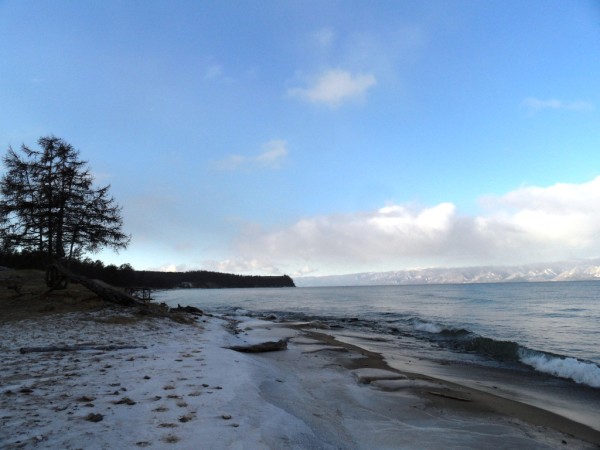
Ulan Ude: The capital of the Republic of Buryatia, Ulan Ude was closed to foreigners until 1991. Today, it is an interesting stop along the Trans-Siberian Railway. With a sizable Buryat population, it feels more Mongolian than Russian and sights to see include and open air museum, a Buddhist temple, small, but worthwhile, ethnographic museum and the world’s largest Lenin head. From here, you can also visit the Ivolginsky Datsan, the center of Buddhism in Russia.
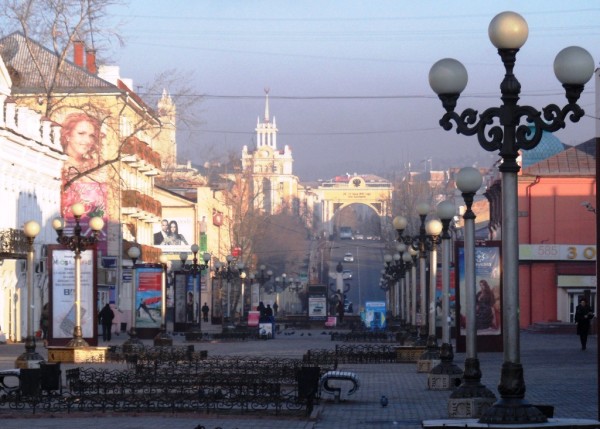
Vladivostok: The furthest east point on the Trans-Siberian Railway, Vladivostok has a lot to offer for military and marine enthusiasts. It was undergoing a major facelift when I was there in 2011 in anticipation of hosting a worldwide economic conference, but the main sights relate to its significance as a major military and shipping port.
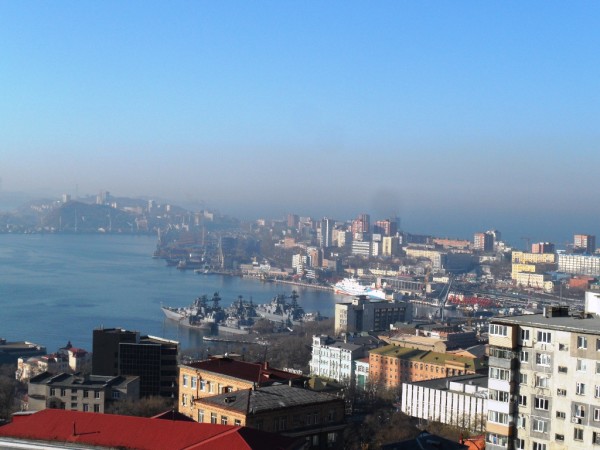
Kamchatka Peninsula: High on my bucket list, Kamchatka is one of the most remote areas of Russia. A visit here will take some effort, but those who do make the trip will likely never forget it. It is home to nearly thirty active volcanoes, geysers, hot springs, arctic wildlife and diverse marine life.
Have you been to Russia? What tips would you add?

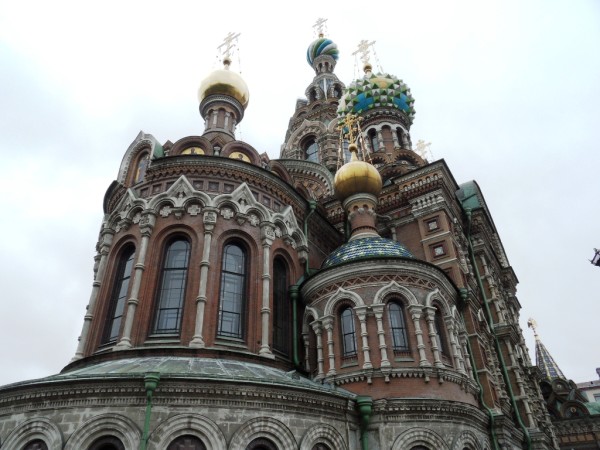
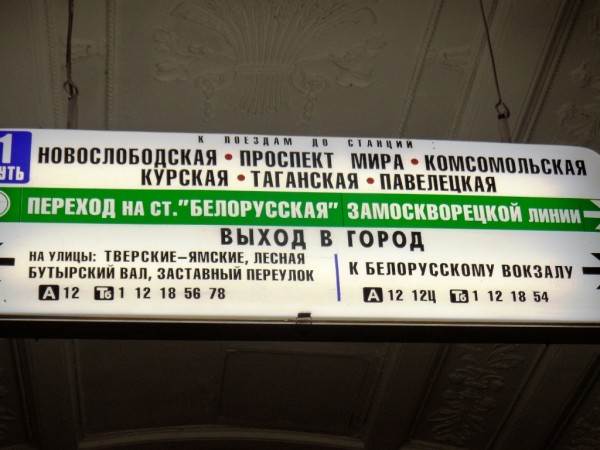
Katie this is my one of the dream destination!!
Russia has been on my must-experience list. I’m bookmarking this for future!! Thnx!
Love you photos! I have never been to Russia but have always wanted to. The only thing is it is fairly tough for Canadians to get Visa’s that is last time I checked. I just go my Irish passport so maybe it is time to revisit checking out Russia.
Great guide!